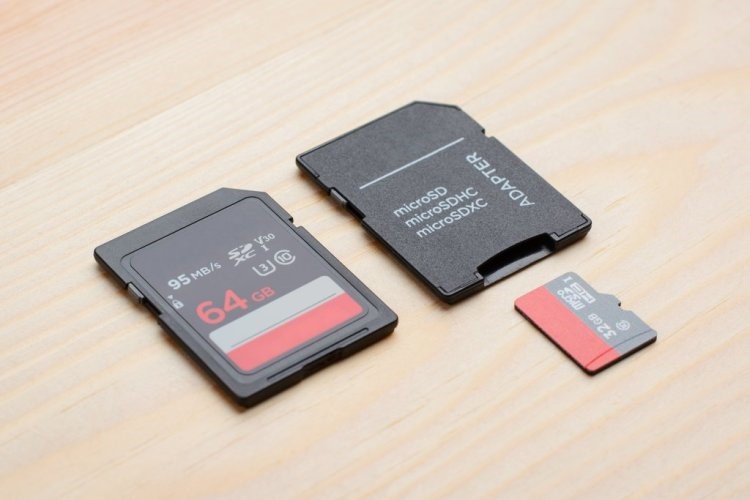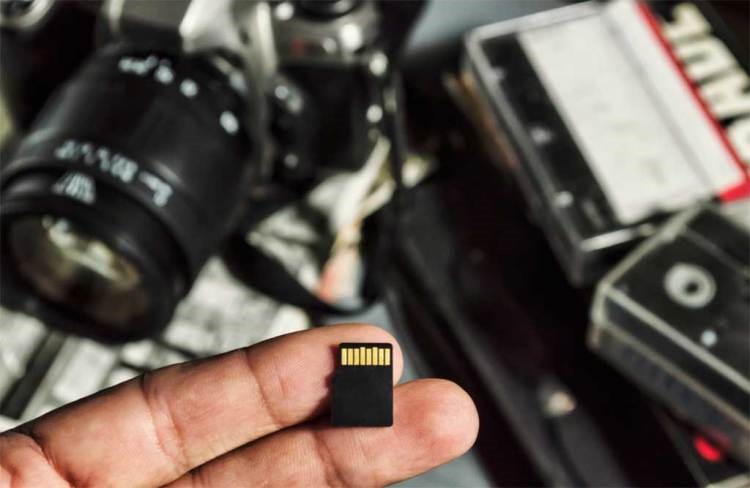Latest Posts
How to choose memory card for game machine or camera?
From smart phones to portable game consoles and cameras, memory cards are an indispensable part of technology.
Although memory cards are critical for storing images and files, their advances in technology have rarely been advertised except at technology conferences. In addition, the information on the memory card is composed of numbers, letters, and Roman numerals, which makes it read like a foreign language. However, consumers are more concerned about reading speed, writing speed, and storage capacity.
Although we may think of a memory card as a storage tool that seems to have nothing to develop, there are still some innovations worth noting, especially if you plan to record video in 4K or 8K. As we have seen in other technologies, all types of memory cards are constantly increasing their speed, storage capacity and (recently) their durability.
More capacity, more files

SD card and Micro SD card
Two of the most popular memory cards are SD cards and MicroSD cards. This is because they are easy to purchase, reasonably priced, and compatible with multiple devices from many manufacturers. In the past few years, their storage capacity and speed have been greatly improved, but the price of high-end products has also increased.
Just a few years ago, 128GB SD cards seemed to be the pinnacle of this technology, but the new 1TB SD and MicroSD cards has surpassed this milestone. These memory cards are not suitable for the average consumers. More precisely, they are tailor-made for “producers” and professionals because of their high prices. Even at a discount, most 1TB SD or Micro SD memory cards still cost more than 299$.
Although the price may be too high for most people, there are some clear advantages, especially when you are recording a lot of high quality material. With 1TB of space, you don’t have to change the card often. In some cases, its reading/writing speed can also handle most tasks from 4K video to 8K video. V60 or V90 grade cards are best suited for 8K, while V30 grade cards can handle 4K videos. For reference, the V30 rating indicates a constant 30MB/s writing speed, which keeps video files smooth and fluid.

It is predicted that the 2TB SD cards and MicroSD cards will be put on the market in the future. The SD Association has assigned a name to cards of this capacity, which will be marked with SDUC. Currently, SD and MicroSD cards between 32GB and 2TB are marked with SDXC, and cards below this threshold have SDHC marked. The cards with SD or MicroSD symbols that holds only 2GB are already out of style.
XQD and CFexpress cards
As for the other cards, although less popular, they have improved. Sony’s XQD and backward-compatible CFexpress cards have not yet crossed the 1TB threshold, but they offer unprecedented writing speeds. One of the fastest CFexpress cards on the market has an amazing writing speed of 1400MB/s and a reading speed of 1700MB/s.
However, XQD and CFexpress cards are only compatible with a few cameras (mostly Sony and Nikon). Although there may not be a better memory card for recording RAW 4K video, the disadvantages are limited compatibility, small storage capacity with high cost. The card mentioned above sells for 4,200 yuan, while the retail price of the most modest 32GB card is about 91.9$.
CFast 2.0 card
Before SD cards became the mainstream of camera memory cards, compact flash cards prevailed. These cards are already considered antique because the new cameras no longer support them. Instead, CFast 2.0 memory cards take the lead now.
CFexpress won the championship in writing speed, which is better than SD, MicroSD and XQD. The largest CFast card has a storage capacity of 512GB, which is only a half of 1TB. The price is certainly not high, because these cards are new products and are only compatible with high-end professional cameras. Unless the technology is adopted on a large scale over the next few years, prices are likely to remain the same.
Get more things done with less money

Higher quality and lower prices.
Memory card technology has been quietly developing – getting better, bigger and faster. Its progress has not been promoted like the technology of new smartphone, but it is silently moving forward and worth our attention. As cameras improve and the lenses can record higher-quality, the memory cards they use will also improve — after all, this is an inevitable result. In terms of price and specifications, it can be expected that the price will drop, the storage capacity and speed will increase, until the limit is reached, then the new card will replace the old card. This is the world of memory cards.











Leave a comment